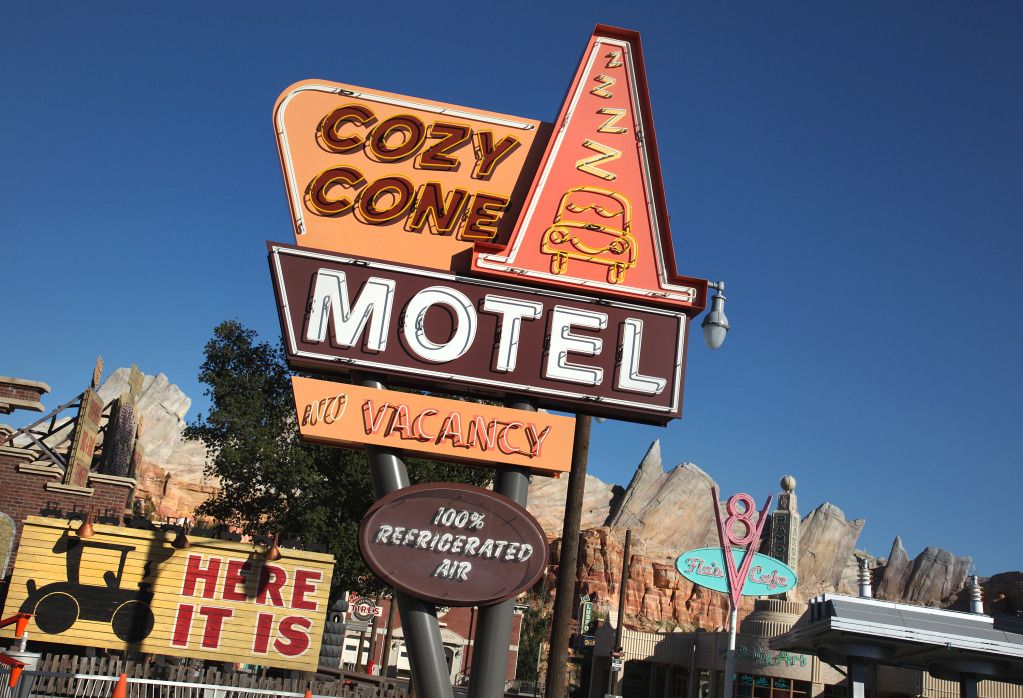The safety and importance of hydraulic fracturing are not just industry talking points. They are conclusions embraced by virtually everyone, outside of a narrow subset of political activists who refuse to let science and facts get in the way of their extreme agenda.
Background
For many years, environmental activists have pushed for bans, moratoria, or other restrictions on hydraulic fracturing (“fracking”), alleging the process is a threat to public health and the environment. But in recent months, increasing numbers of environmentalists have distanced themselves from the “ban fracking” agenda.
Many have even embraced shale gas on environmental grounds, revealing how extreme and marginalized the campaign to restrict hydraulic fracturing has become.
“Environmentalists who oppose the development of shale gas and fracking are making a tragic mistake,” wrote Richard Muller last year. Muller, a physicist and climate expert at the University of California-Berkeley, was viciously attacked by activist groups like Greenpeace, but Muller’s position may actually be more in line with a growing public understanding of the environmental benefits of shale gas.
Going for Gas
In April, the Environmental Protection Agency released data showing U.S. greenhouse gas emissions had fallen 10 percent since 2005, attributable in large part to increased use of natural gas. Hydraulic fracturing and horizontal drilling have unlocked a 100-year supply of natural gas, making the fuel more affordable for power generation and household energy use.
“Responsible development of natural gas is an important part of our work to curb climate change,” said U.S. EPA administrator Gina McCarthy last August. McCarthy also said natural gas has been a “game changer with our ability to really move forward with pollution reductions that have been very hard to get our arms around for many decades.”
Owing to its ability to reduce emissions, the former executive director of Greenpeace in the U.K., Stephen Tindale, is now encouraging his fellow environmentalists to embrace shale gas. In a May 8th blog post entitled “The climate case for shale gas,” Tindale wrote that “climate campaigners should support fracking for shale gas.”
The Breakthrough Institute (BTI) – an environmental organization headquartered in Oakland, Calif., co-founded by two individuals recognized by TIME Magazine as “heroes of the environment” – has come to a similar conclusion.
“Not since European deployment of nuclear power in the 1970s and 1980s has any country achieved such rapid decarbonization as the United States has in the last five years thanks to cheap natural gas,” BTI analysts wrote last summer. In a separate report, BTI concluded that “natural gas is a net environmental benefit at local, regional, national, and global levels,” citing reductions in both greenhouse gases emissions and localized air emissions.
Pennsylvania Example
The declines in non-GHG emissions specifically have delivered noticeable public health benefits. In Pennsylvania, home to the massive Marcellus Shale – which has catapulted the Commonwealth into the second largest gas-producing state in the country – the Department of Environmental Protection (DEP) recently released an emissions inventory that linked shale gas with lower air pollution. From the DEP’s release:
“Significantly, since 2008, when unconventional drilling across the state began quickly increasing, cumulative air contaminant emissions across the state have continued to decline. …
“‘It is important to note that across-the-board emission reductions in emissions can be attributed to the steady rise in the production and development of natural gas, the greater use of natural gas, lower allowable emissions limits, installation of control technology and the deactivation of certain sources,’ said [DEP Secretary Chris] Abruzzo.”
According to DEP, these reductions represent “between $14 billion and $37 billion of annual public health benefit.”
A Few Holdouts
As with any energy option, there are risks that accompany shale development, which must be carefully managed. Anti-fracking activist groups such as Food & Water Watch and Americans Against Fracking insist that these risks cannot be mitigated, and therefore shale development must be banned entirely.
“Fracking is inherently unsafe and we cannot rely on regulation to protect communities’ water, air and public health,” writes Food & Water Watch. The coalition of anti-fracking groups known as Americans Against Fracking makes a similar argument: “Regulations alone won’t protect us from this toxic, polluting process – we need to ban fracking now.”
Going the Other Way
Less ideological environmentalists, however, disagree that a ban is the only way to address those risks.
Former New York City Mayor Michael Bloomberg and Fred Krupp, president of the Environmental Defense Fund, recently explained in the New York Times how increased natural gas use “improves public health” and brings with it a “climate benefit” by reducing carbon dioxide emissions. Krupp and Bloomberg examined several potential risks, but nonetheless concluded that any issues constitute a “data acquisition and management problem – the kind that we know we can solve.”
That’s similar to the position of numerous officials in the Obama administration, who stress that any risks associated with shale development are manageable. In defending that position, White House climate advisor John Podesta has even suggested that groups pushing the “ban fracking” agenda are “impractical.”
Even the League of Conservation Voters, whose “National Environmental Scorecard” is the most well-known national litmus test for judging how “green” members of Congress are, has rejected “ban fracking” activism.
“We don’t support banning fracking,” LCV President Gene Karpinski said at a recent event hosted by POLITICO. Michael Shellenberger, president of the Breakthrough Institute, said Karpinski’s statement constitutes “progress.”
Carl Pope, former chairman of the Sierra Club – an organization that now runs the anti-fracking “Beyond Natural Gas” campaign – has even called for more shale gas development in Europe.
“We should help Poland extract abundant, local — thus affordable — shale gas, creating competition for the Russians,” Pope wrote earlier this year.
Conclusion
To be sure, many of these environmentalists do not embrace shale gas without nuance, and some have even called for additional federal regulations that could ultimately restrict development. But what should be clear is that the “ban fracking” agenda is far from mainstream, as it has been marginalized even within the environmental community.
The safety and importance of hydraulic fracturing are not just industry talking points. They are conclusions embraced by virtually everyone, outside of a narrow subset of political activists who refuse to let science and facts get in the way of their extreme agenda. It’s little wonder, then, why U.S. Senator Chuck Schumer (D-NY) said recently that “Democrats throughout the country have supported fracking.”
——–
This piece was published yesterday at Energy In Depth.
Source: http://www.masterresource.org/2014/05/greens-going-gas/
electrician tools electrician commercial commercial electrician



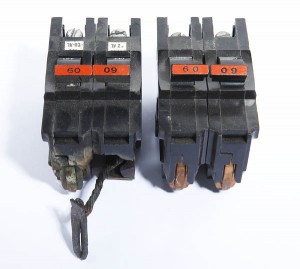
 Tags:
Tags: 




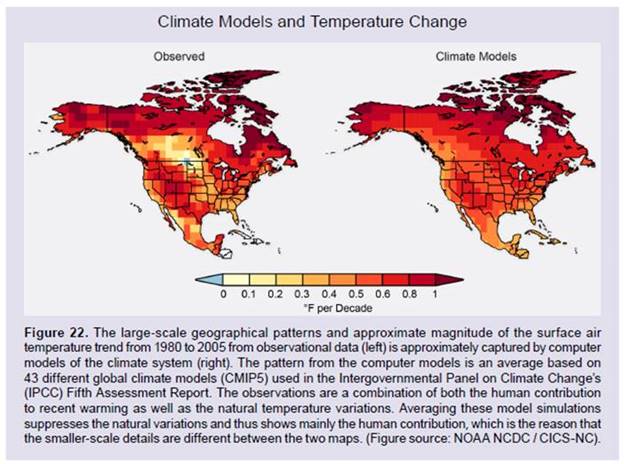
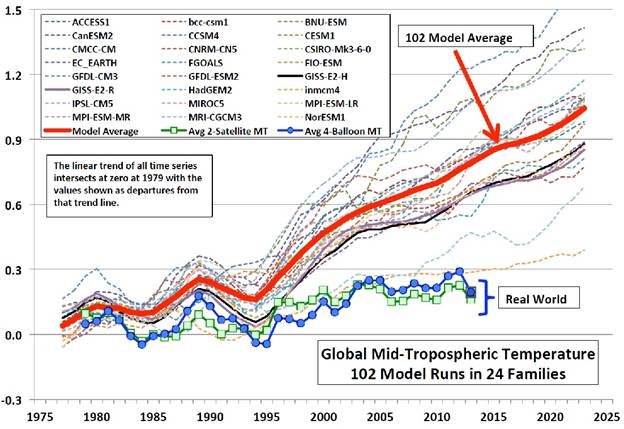

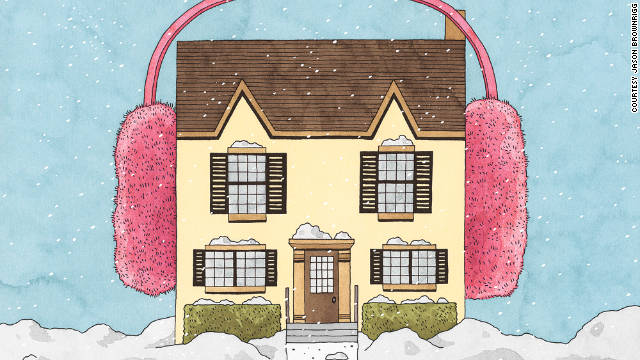
![photo[11] photo11 225x300 Why We Perform Annual Gear Cleaning...](http://cooper-electric.net/wp-content/uploads/2013/01/photo11-225x300.jpg)


